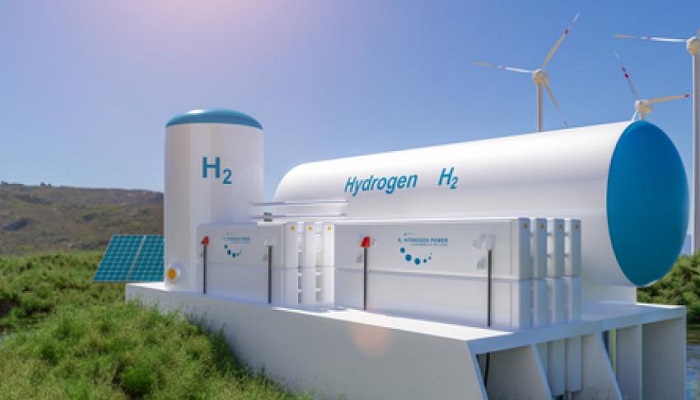Hydrogen is witnessing some significant potential as far as the US is concerned now that the investments from last year’s climate law as well as public works’ legislation from the year before that have started rolling.
It is well to be noted that Congress has already gone on to invest $9.5 billion when it comes to funding across the hydrogen areas where fuel has the opportunity to elevate because of the public works legislation of 2021. H2 is where all the states are looking out to be. The fact is that all the funds are available for the state’s economies’ support when there happens to be a considerable amount of focus on H2.
As per Laura Feinstein, a fellow of the Sightline Institute, a non-profit research organisation, there is a lot to talk about as it is in that kind of hype circle as of now.
However, it is still unclear how the H2 expansion is going to occur in the US. It is anticipated that H2 will differ greatly across steps, including from enhancing access to an alternative energy form to transitioning planes, heavy industries, and ships to be anchored by H2.
According to a strategist from ClimateWorks, Seth Montieth, it is either going to be a massive breakthrough or a big distraction. The Department of Energy has around $8 billion in funds to distribute from the IRA’s infrastructure elements. The department is already making its way when it comes to the bids that it has gone on to receive from state coalitions, businesses, universities, and research institutions so as to develop hydrogen hubs that would include facilities showcasing the usefulness and viability of H2 technology.
The US Department of Energy has gone on to announce its intentions to fund between 6 and 10 hydrogen hubs across the country. It is anticipated that it will announce where they are going to be by the end of 2023.
There are 79 proposals that have been furnished to DoE for the projects that are looking to be included for consideration. No new submissions are now being taken.
The Internal Revenue Service is looking into the language of the rules when it comes to the implementation of tax credits from the 2022 law concerning budget reconciliation, which will be applied to hydrogen fuel production by way of using renewable electricity. All these provisions are set to expire in 2032.
The majority of hydrogen fuel production today happens to use fossil fuels. Across the US, the top method makes use of natural gas. The greenhouse gas emissions coming out of the process remain constant. Because of this, boosting H2 production by using present methods will not give much of an advantage when it comes to the fight against climate change.
That said, the main incentives happen to be focused on renewable H2 production by way of sources of fuel like solar and wind. Some also focus on nuclear energy since it does not emit any carbon emission. The plan is to make use of those sources of electricity in order to produce H2 that can be transported and used in everything from transportation to industry, from aviation to shipping.
Notably, hydrogen happens to have the potential to be used in sectors that are regarded as emission-heavy but could not be powered by battery electric technology, like maritime shipping, aviation, and chemical, among others. That said, one area that is uncertain in terms of hydrogen’s usage is hydrogen cars. Battery EV demand, on the other hand, is skyrocketing due to the available infrastructure, like charging stations. It is yet to be ascertained if the H2 refuelling network gets installed, thereby helping to sway enough clientele to make H2-driven cars come into that popularity bracket.




































